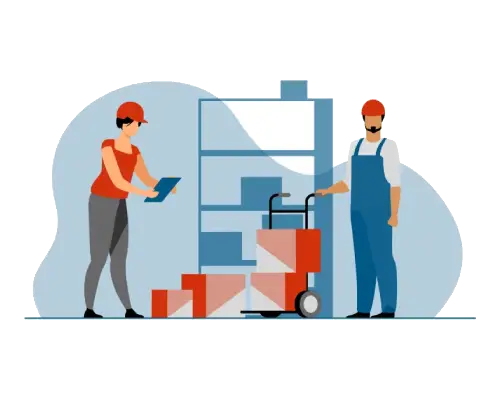Synopsis
With the outbreak of COVID-19, the Supply Chain witnessed a 50 billion dollar drop in global exports, a study by the UN suggests. This study exposed a massive gap between inventory management and Supply Chain Management (SCM). This gap has also birthed a rise in the adoption of digital transformation. RPA is the most prevalent digital technology widely adopted by manufacturers to automate and streamline their processes. Inventory automation saves time and effort, enhances performance, removes human errors, and improves efficiency.
About the client
Our client is a globally leading mining corporate, having a worldwide presence in mining zinc, iron ore, copper, aluminum, and steel. Over the past three decades, the company has set its foothold in PAN India and several locations across the globe. As a natural resource miner, the company is committed to net-zero carbon emissions.
Key Issue
The FTE manually handled the client’s inventory valuation process. They followed the defined standard operating procedures (SOP) to map and calculate the data downloaded from the SAP application. It was a non-value adding activity orchestrated by the FTE, consuming a lot of their time. Furthermore, errors plagued the client’s reports in case of frequent deviations from the defined procedures. These challenges significantly impacted the client’s profitability, prompting the need to implement inventory automation solutions.
Our Solutions
- The challenges mentioned above prompted the client to look for inventory automation solutions to streamline and automate the inventory valuation process. The client consulted with RPATech, seeking a digital partner, and partnered with us to digitalize their process.
- Our RPA SMEs used our domestic proprietary D3OTM and AugurDTM framework to assess the client’s As-Is process. They configured an attended Bot on the UiPath tailored to the needs of the client.
- We deployed the Bot into production, triggering the following steps:
- Logging and downloading: The Bot downloads bills from email, logs into the SAP application, and exports 3 reports using various T-codes (Transaction codes) such as MB51, MM60, KSB1, etc. Upon converting these reports into text format, we get 6 text files.
- Data Massaging: Data massaging or data cleansing is a process of cleansing data to make it readable. The Bot cleanses data by applying the logic and rules assigned to perform it.
- Calculations: Calculation is a significant part of the client’s inventory valuation process, and even the slightest deviation can lead to a hefty loss. We tailored the Bot to the client’s requirements and instructions to perform calculations.
- Uploading Data: Once the Bot clears the data and performs necessary calculations, it uploads the text file into the SAP application.
Automation Benefits
The client realized the following benefits of using our customized RPA solutions:
- Automation helped reduced the average handling time from 4-5 hours to 30 minutes, saving 90% of time.
- Human errors caused due to disparity in calculations were reduced.
- Our client stationed its FTE to value-added activities after deploying the virtual assistant to inventory’s routine tasks. It also helped to remove human dependency from the process.
- Implementation of RPA boosted process productivity.
- End-to-end inventory automation.
- Elimination of manual touchpoints.




